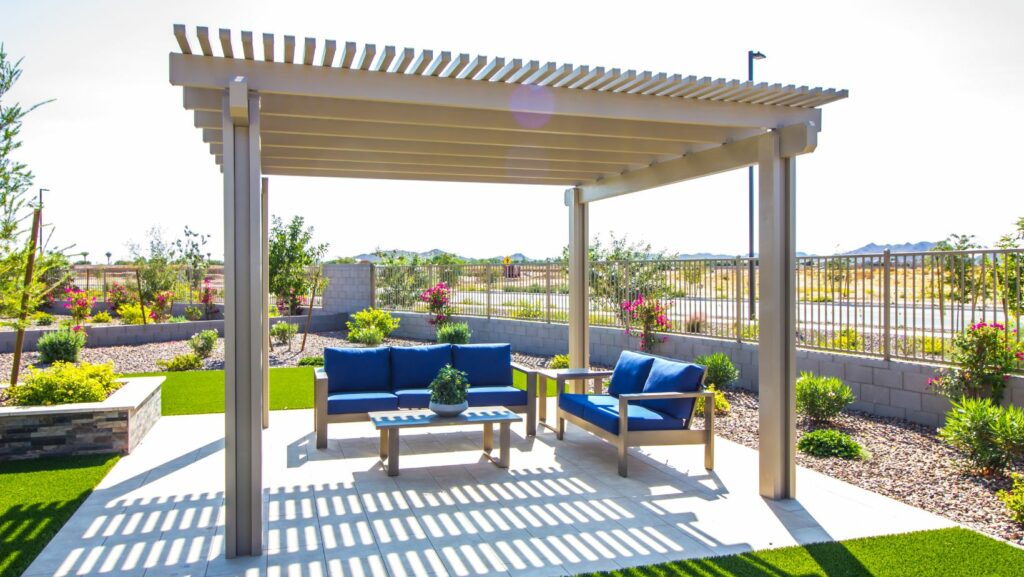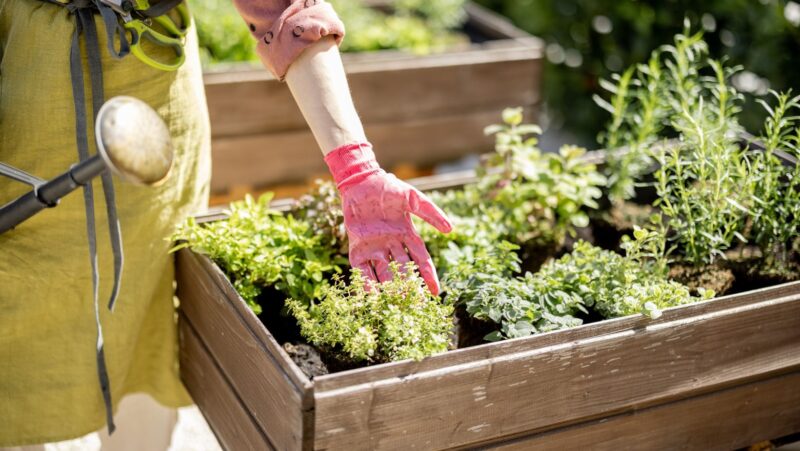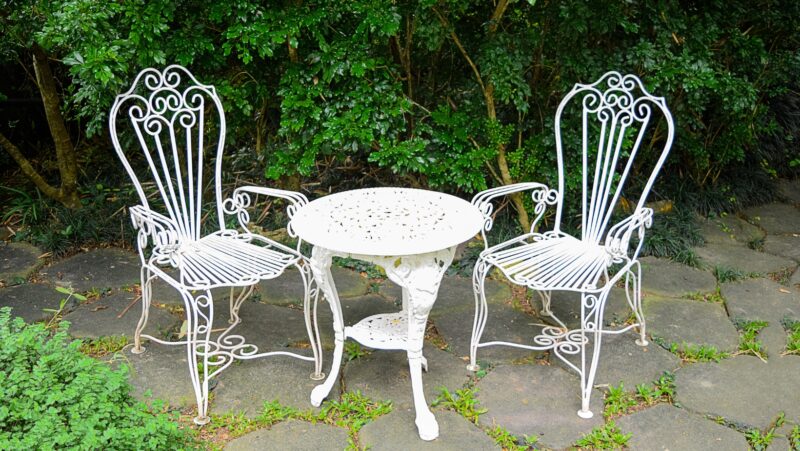
Outdoor furniture is a significant investment that can transform your patio, garden, or balcony into a welcoming oasis. However, exposure to the elements can take a toll on even the most durable pieces.
To ensure your outdoor furniture remains in top condition and continues to enhance your outdoor living space, regular maintenance is essential. In this guide, we’ll cover the fundamental steps to preserve your furniture, from cleaning and protecting different materials to tips on storage and seasonal care.
By following these basics, you can enjoy your outdoor furniture for years to come, keeping it looking great and functioning well.
Keeping it Clean
Properly maintaining your outdoor furniture starts with regular cleaning tailored to the material of your pieces. For most types of furniture, a mixture of mild dish soap and warm water applied with a brush or cloth can effectively remove dirt, followed by a thorough rinse with a garden hose and air drying.
For wooden furniture, stubborn stains may need light sanding and reapplication of wood oil or sealant. Metal furniture must be dried thoroughly to prevent rust, and any chipped paint must be touched up. Wicker furniture benefits from vacuuming with a brush attachment to remove dust, followed by a gentle scrub with a mild soap solution.

Likewise, fabric cushions should be scrubbed with a mild detergent solution, rinsed thoroughly, and air dried, always following the care label instructions. Regular cleaning prevents dirt buildup and extends the lifespan of your furniture.
Protecting Your Furniture
Protecting your outdoor furniture ensures its longevity and maintains its aesthetic appeal. Start by investing in high-quality furniture covers designed to shield against sun, rain, and snow.
When not in use, store cushions and smaller items indoors or in weather-resistant storage containers. Applying a protective sealant or wax can safeguard wood and metal surfaces from moisture and UV damage, while regular application of rust-resistant paint prevents corrosion on metal pieces.
Positioning furniture away from direct sunlight and using furniture glides or pads under the legs can prevent damage from constant contact with hard surfaces. Lastly, inspect your furniture regularly for signs of wear or damage, addressing issues promptly to avoid further deterioration.
By implementing these protective measures, you can extend the lifespan of your outdoor furniture and ensure it remains a stylish and functional asset in your outdoor living space.
Storage Tips
Proper storage is key to preserving the condition and longevity of your outdoor furniture during off-seasons or periods of non-use. Once cleaned and dried completely, consider storing furniture in a covered area such as a garage, shed, or basement. This can shield it from harsh weather conditions like rain, snow, and prolonged sunlight exposure, which can cause fading and damage.

Ensure cushions and fabric components are stored in a dry, ventilated area to prevent mildew growth. When storing furniture, elevate it off the ground using pallets or blocks to avoid contact with damp surfaces, which can lead to mold or rust formation. For larger items like tables and chairs, disassemble if possible to save space and reduce the risk of damage during storage.
Get The Most Out of Your Furniture
Proper maintenance and thoughtful storage are essential practices to preserve the beauty and functionality of your outdoor furniture. By regularly cleaning each piece according to its material, utilizing protective covers, and storing items in a dry, sheltered location, you can prevent the damaging effects of weather and prolong the lifespan of your furniture.
Taking these proactive steps not only protects your investment but ensures that your outdoor space remains inviting and enjoyable for years to come. Whether you’re safeguarding against sun, rain, or snow, these practices contribute to maintaining the pristine condition of your outdoor furniture, allowing you to continue enjoying your outdoor oasis season after season.












